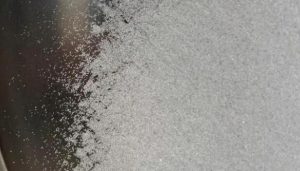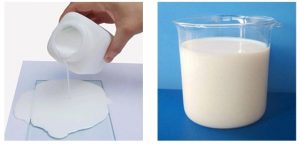Glass used to be called colored glass because of its twists and turns. When the light passes through the glass, the refracted light is very beautiful. We all know a little about the use of glass, such as cups, windows, decorations, etc. Because of the strong plasticity of glass, it can be made as it is.
Do you know about glass beads? This is a new material that has been developed slowly in recent years. Please see below for the specific use of glass beads.
Use of glass beads:
1、 There are three types of reflective glass beads for roads:
1. It is used for surface spreading during normal temperature and hot melt standard construction, which has a strong reflective effect!
2. As a premixed material, it is premixed in the coating during the production of hot-melt road coating, which can ensure that the marking will reflect light for a long time within its service life
3. This kind of glass bead should be used to sprinkle glass bead on the surface of normal temperature solvent paint marking.
2、 Glass beads for industrial use
1. Purpose
(1) It can be polished on the surface of metal and mould, and can be used as metal abrasive material, which will not damage the working surface and improve the precision of the workpiece.
(2) It can be used for military cleaning and sandblasting, and is used for cleaning turbine, blade, shaft, etc. of aircraft engine.
(3) In the chemical industry, glass beads can be used as additives and reinforcers in the production of plastic, rubber, paint, nylon and other adhesives.
2. Principle
During polishing, compressed air is used as the injection power, glass beads are used as the medium, and the workpiece surface is sprayed at high speed and high pressure for shot peening strengthening and polishing
The processing achieves the purpose of cleaning and improving the processing precision.
3. Advantages
(1) The glass beads made of soda lime glass have good chemical stability, certain mechanical strength and hardness. Therefore, they have great advantages as polishing and grinding materials compared with other grinding materials.
(2) It will not contaminate the processed metal.
(3) It can speed up the cleaning and restore the original cleanliness and finish of the processing materials.
3、 Other applications
1. Glass beads have been widely used in artificial agate, marble, glass fiber reinforced plastic bowling ball and other composite materials as well as high-grade thermal insulation coatings, which can significantly reduce the weight of products and have good thermal insulation effect.
2. Glass bead is a sensitizer with excellent performance for civil emulsion explosives, which can significantly improve the initiation performance of emulsion explosives and extend the storage period. In addition, hollow glass beads can also be used to increase the volume of putty, improve the grinding performance, and improve the acid and alkali resistance.
It can be seen from the above that the use of glass beads is very extensive. Glass beads are a new type of material. With its slow development, it is believed that glass beads will have more and more uses and will be used in more industries. This is to be explored slowly. And glass beads are also used in zebra crossings on urban traffic roads. Under the sun or light, there will be some light flashing to remind everyone to be careful. As for the future use of glass beads, let’s wait quietly.

